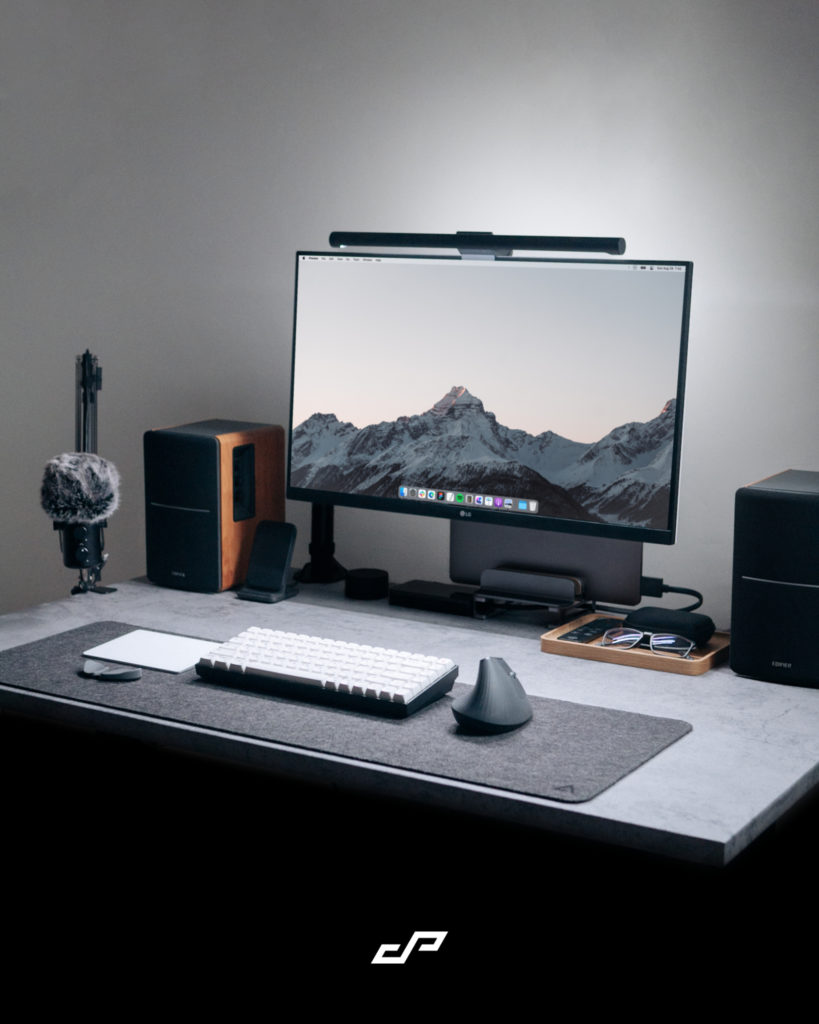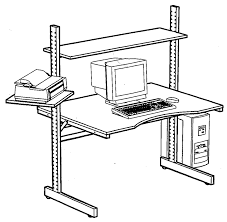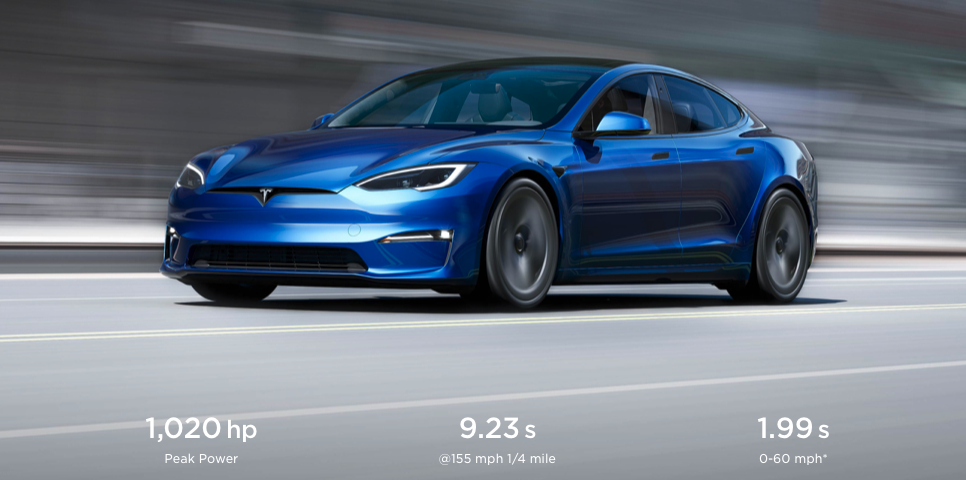This blog post was originally published back in May 2010. Over the last 12 years, a lot has happened in the world of digital consumer technology in the area of social media and mobile devices, though I believe the grip of such has not lessened. I’ve had many discussions with people about said effects and read many articles and one highly recommended book – Deep Work by Cal Newport that has allowed me to rethink and strive to succeed in lessening my “digital footprint”. I will admit that the results of said rethinking haven’t been as successful as I’ve hoped but as my friend Darrenkeith says “…that’s all on me”. With that, I thought it was fitting to repost the weblog. The dates and times have changed for the subject content hasn’t.
——————
Hello Readers…
I hope all is well with you. and that your Memorial Day will be or was spent, to some extent, doing what the holiday was created for – in memory of the men and women in our armed forces. Those that are currently serving and have served for us in all capacities.
Well, it came to fruition this weekend, an experiment I’d been wanting to conduct for about a month now. Yes, the DDO (dedicated day offline) happened yesterday. There are a few of you that I had mentioned this concept to in the last month. I had two particular conversations with Deb Lee, @dallisonlee, professional organizer, on this topic (some of you may know I’ve been a contributing author to her Organize To Revitalize blog on the subject of my adventures in time management and the technology that can aid it). I initially called it a “Digital Day Off”, but thought the term was too broad, broad enough that it would have to included most, if not all, things digital (video games (though I’m not a gamer)), the use of mobile phones, HDTV, etc). My reason for conducting this exercise of “virtual abstinence” was to assess the amount of time I do spend online and how much of it, spent doing certain activities (largely related to social networking), is actually robbing me of time better spent reaching goals. Interestingly enough, the day I had the conversation with Deb, this article appeared in The Post.
My first foray into social networking came back in 2000 via membership to Blackplanet. I actually joined by way of helping a coworker design her site page. I was then that I began to learn the basics of website design (within the HTML code constraints for what Blackplanet would allow). After getting a taste of social networking there, it was basically onto Myspace and Yahoo 360, Vox, blogging from my own website, various IM clients (AIM, Yahoo IM, MSN Messenger), then Twitter, and finally FB (the latter I’ve since left about two weekends ago). Along with the social networking, I always used the net for two basic things – work, and as a learning tool for basically five areas of interest – music production, technology, photography, financial literacy, and web design. Let’s now add the mobile web, and there you have it, a communications medium, now in the palm of your hand, deeply woven into the course of our everyday lives. A communications medium, whose benefits (as well as its negative aspects) range far and wide Looking over the last 10 years of being a regular passenger on the information highway, but growing up through college my first two years of college WITHOUT the internet (fancy that, huh?), I began to remember what life was like without it, and how I spent my time without it. While I can only speak for myself, my assessment was that more time was wasted on the info highway than not. This assessment caused me to purposely conduct the experiment during a normal day – not a day or timeframe where I would be away from the net for whatever reasons (vacation, family visits, etc), but during a time where it was always a mouse click (or similar) away. It created a great challenge in overcoming the temptation to connect. As inferred above, it was done as a matter of habit assessment more than anything else, but the correlation to time management is there. In looking back on my regular online activities, I saw that I could have altered them to achieve what always seems more impossible than not (with my busy schedule) – knocking tasks off my to-do list. Was a DDO really necessary to make this assessment of time management? No, I could have just decided to allot only a certain amount of time online of every aspect of my online daily routines (which probably could have been easier).
The outcome of the experiment allowed me to use a good part of my regular online time time to improve my financial budgeting/investment literacy and revamp a financial improvement SPD (systematic plan of development) for savings, investing, debt reduction and retirement . I also got a great nap in during the early hours of the afternoon ;-). In retrospect, it made assess the extent of my habitual behavior and constant temptation to be “connected”. I won’t say that all possess it to an extent (my wife is a good example of one who spends very little time on the internet – but get rid of the TVs in the house and …never mind…you see the point I am generally illustrating – 🙂 ).
Now that I’ve taken my first DDO, purposely, I feel it’ll be something that I’ll regularly do, maybe more than just once a week. Curbing time daily spent online is, of course, something to throw into the mix as well, but it wasn’t until today that I really see how a forced day off (for me) is beneficial. The time is currently 11:44 EST, and this DDO will officially be over in less than 16 mins, but I’ve learned some valuable things on a personal level. That’s always a good thing. Back to the SPD. Forget the government, I want to create a stimulus package for my own economic situation.
peace.
F!







